Blog
10 WAYS FASHION DESIGNERS ARE USING RECYCLED MATERIALS THAT WILL BLOW YOUR MIND
By Lora O’Brien
A zero-waste approach is a rapidly growing trend as the message of our global waste and plastic pollution rises. Many of us have adopted zero-waste lifestyle choices in our day-to-day life, and even work for those designers making sustainability their mission. I personally remember how my mum was skilled at turning old jeans into a new pair of shorts or upcycling a dress into a flowing skirt.
So, it makes sense that the world of fashion design has started to adopt the same process in every new collection that is released to the market.
Here are several interesting methods that designers and fashion brands are using today to adopt a more sustainable process and are reusing and reimagining clothing waste that would otherwise head to landfill.
Upcycling: Possibly the most eco-friendly way to approach fashion, upcycling is reinventing what already exists, whether it’s by-products, waste materials or unwanted clothing. You could take a secondhand pair of jeans and turn them into shorts or a denim jacket, for example. The process of reusing what already exists saves energy, water and other resources because new virgin materials are not needed.
Circular design: The circular design process is becoming increasingly popular in the sustainable fashion realm and is otherwise referred to as a closed-loop system. The circular process keeps garments continuously used and put back into the system once we’re done with them. For example, a brand might accept clothing back at the end of its life, work to repair it and then resell it again, thus keeping the clothing and not ditching it.
Deadstock fabrics: This is the name for leftover or defective fabric rolls produced at textile mills and garment factories. They’re sold on at a heavily reduced price. There could be a few reasons for them being sold, but it’s usually that the company no longer uses it, or minor flaws such as the dyeing process went wrong could mean it is sold. Other times deadstock fabric is the scraps leftover.
Recycling: The process of recycling textiles is another great way to reduce waste in the fashion industry. Recycling converts waste materials into new materials which can be then used to create new clothing. Garments from recycled materials use much less energy than what it would take to create brand new garments from virgin materials. There’s also the fact recycling prevents fabrics from ending up in landfill sites.
Zero Waste: Zero waste clothing ensures the process reduces little to no textile waste, and it’s not going one step further: zero waste pattern cutting. Leaving no room for error, this design technique works to creatively use all of the space, with interlocking designs to use as much textile as possible, and using any leftover scraps to make smaller items, such as accessories.
10 DESIGNERS USING RECYCLED MATERIALS TO MAKE CLOTHING
We’ve detailed the ways in which many designers are taking a sustainable approach to reducing waste when it comes to fashion, but now let’s look at the designers behind the garments.
Below are 10 great designers that use recycled materials to make clothes.
E.L.V. Denim – Upcycling
E.L.V. Denim is a luxury British brand pioneering timeless fashion pieces made from 100% upcycled materials. Breathing a second lease of life into tired garments, they’re turning loss into luxury. Sourcing textiles from warehouses around the UK, they take old, discarded and vintage denim, transforming them into new jeans. And any scraps are turned into hair scrunchies or for the hem of the jeans.

Re;Code
Re;Code is a Korean brand that specialises in upcycling. In place of waste, each garment in their collection has its own unique story. They take industrial materials, such as seat covers, airbags and car interior fabric before dissembling them, transforming them into something new.

Collina Strada – Deadstock fabrics
Collina Strada is known for its bright hues and unique designs made from deadstock fabrics. The brand also recycles cotton and uses this in their jeans, alongside recycled t-shirts from Ghana which are upcycled into tops and dresses. In addition to their plight to reduce waste, the brand also incorporates innovative materials into their designs, such as its rose sylk made from rose bushes and stems.
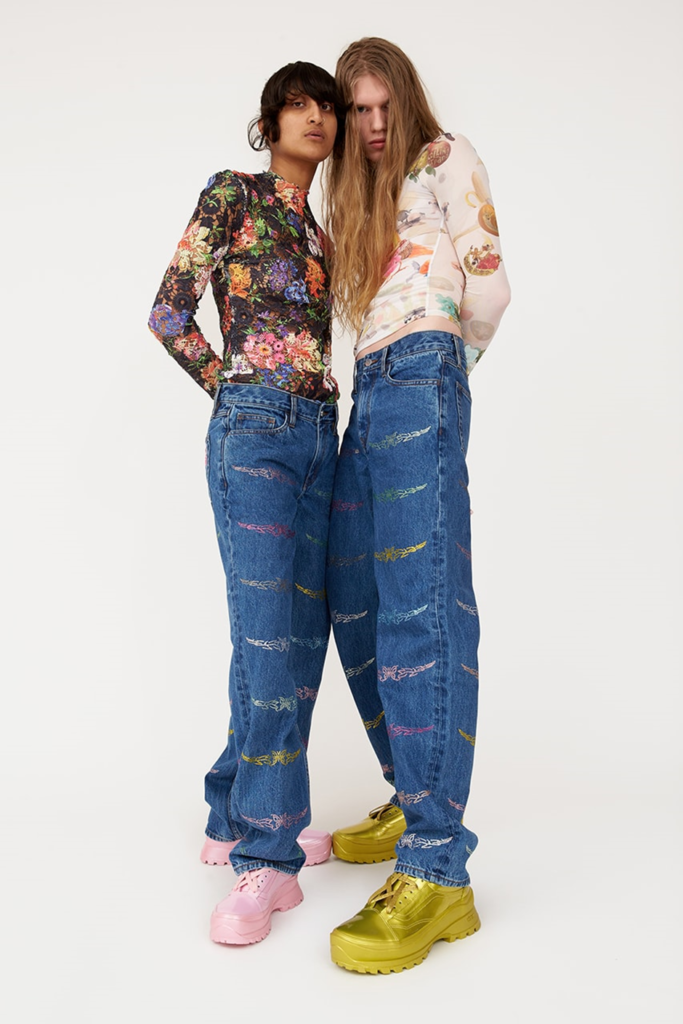
Ecoalf
Ecoalf uses recycled materials to create their clothing. They partner with Upcycling The Oceans to recover ocean waste, such as plastic bottles and discarded fishing nets. They collaborate to not only clean the oceans and raise awareness, but to also give a second life to the plastic that would otherwise harm marine life and pollute our oceans.
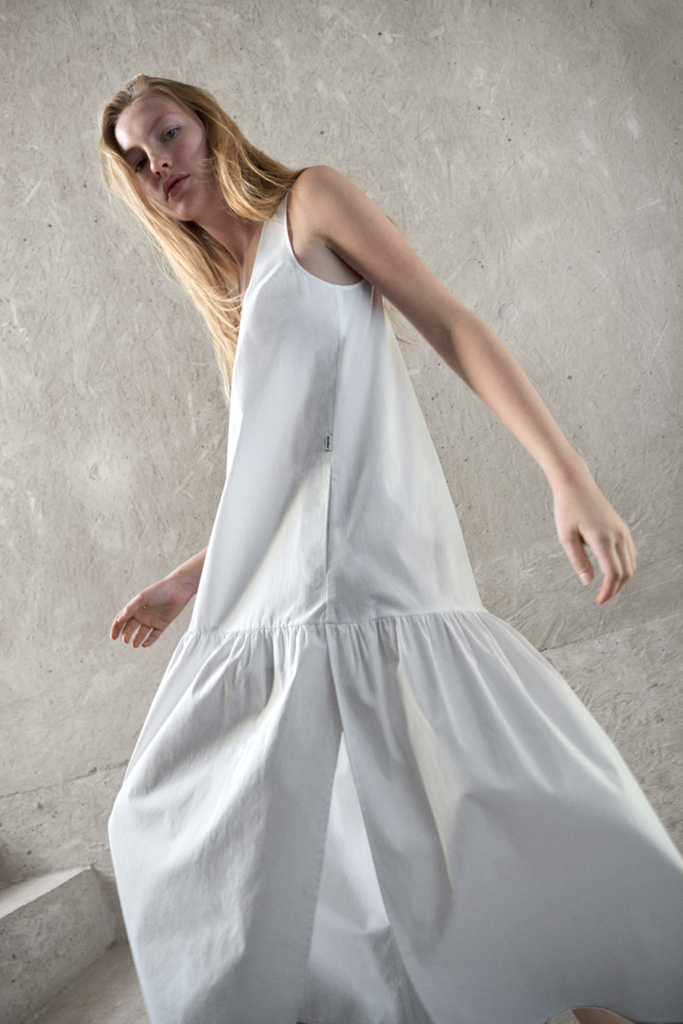
Les Fleurs
Les Fleurs is a brand whose entire ethos is centred around reducing waste. Each collection is designed by reusing materials and creating new designs. Vintage, second hand and upcycled clothing are used to produce one-of-a-kind garments from natural fabrics, such as silk, satin and organza.
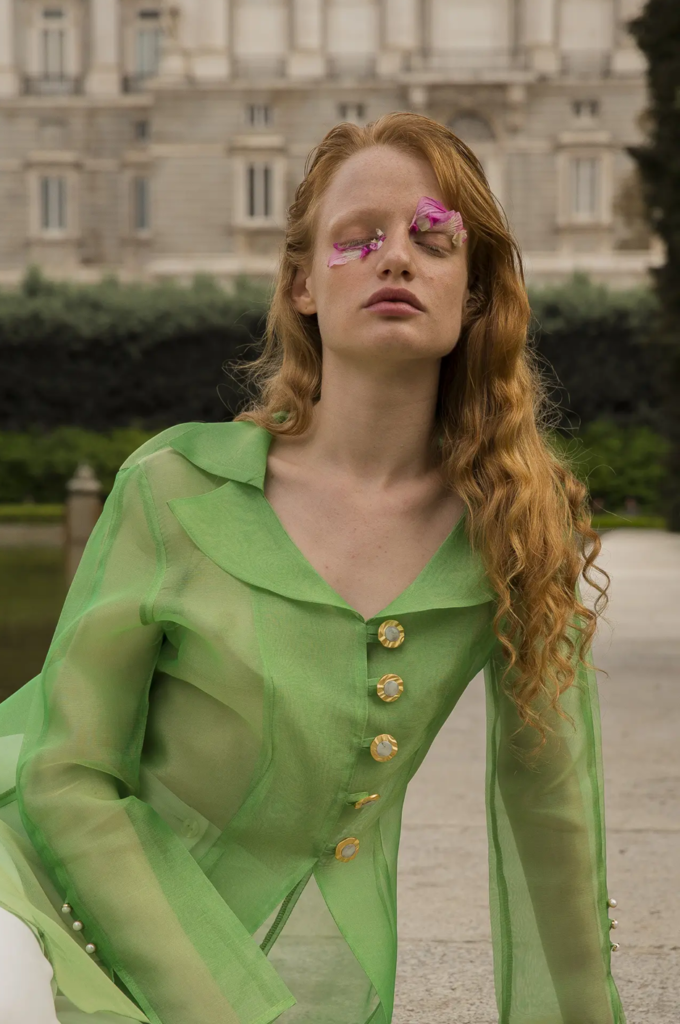
Doodlage
Doodlage is an Indian brand that is only too aware of the waste occurring in the country. It’s said that India, Bangladesh, and China produce so much waste they’d be able to create 6 billion garments just from the scraps. Which is just what Doodlage is doing. Working with fabrics such as organic cotton, corn fabric and banana fabric, they use these along with other fabrics leftover from other retailers. They’re then all fused together to make garments with a rather interesting story of its own.
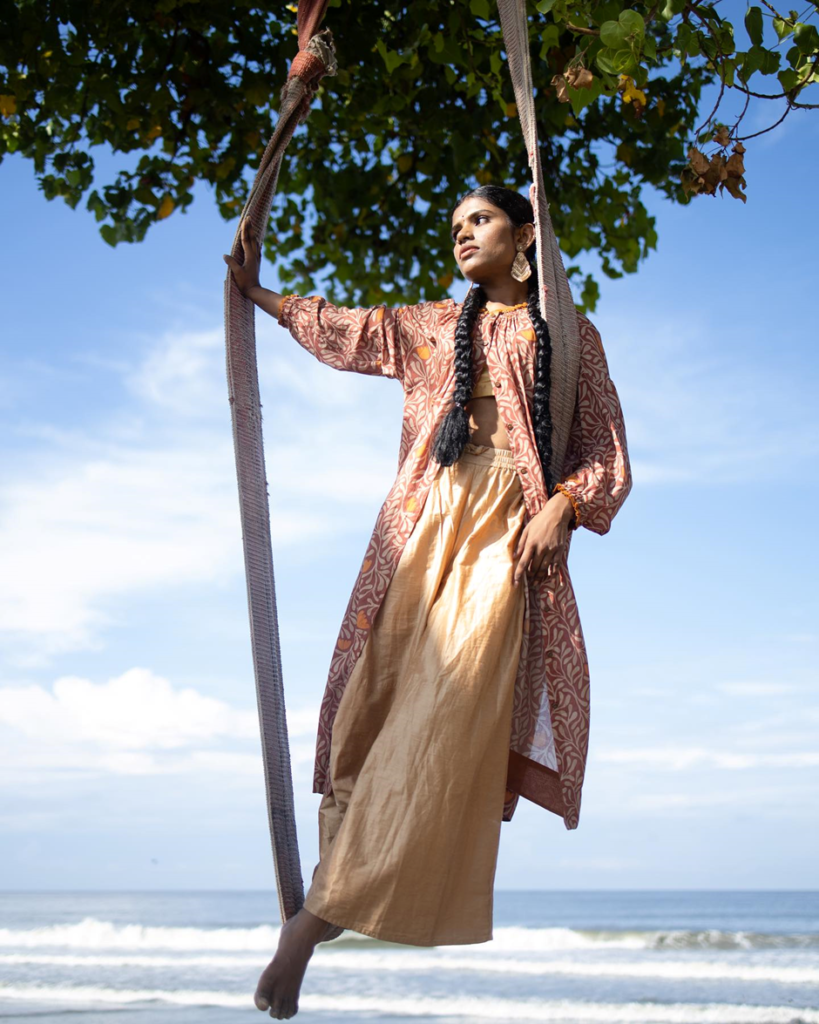
Hôtel
Hôtel is a brand which makes its stylish garments out of none other than old curtains located from Paris. But it’s not only curtains being transformed into sustainable clothing, but also upcycled upholsteries, handmade embroideries, linens, and tablecloths. The appeal is that no two items are alike, so the garments feel every bit as bespoke as they do luxurious.

IRO IRO
IRO IRO is a Jaipur based brand that focuses on a circular design. Keeping materials in the value chain, every step they take is respectful to the people and planet. The brand was founded by the daughter of a garment factory owner, and they take fabric waste and, using a local family weaving unit outside of Jaipur, they’re then weaved into a rich textile to be used. The end result is a handwoven, upcycled textile that is sold to artisans and then used to create gorgeous clothing.
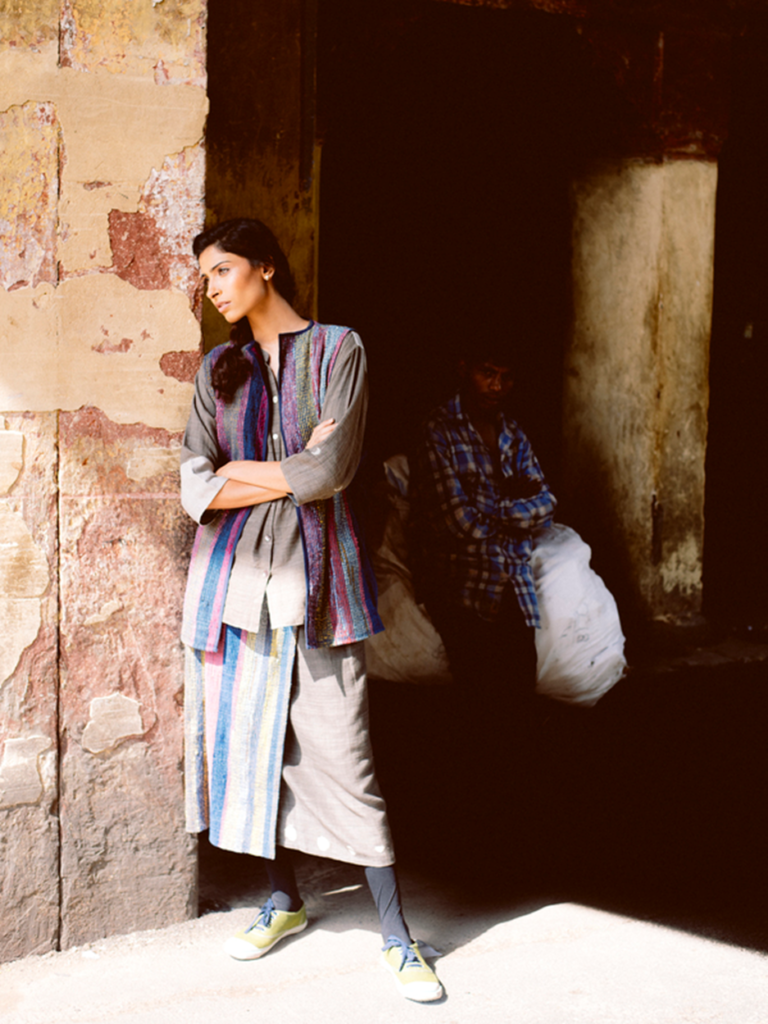
Zero Waste Daniel
Zero Waste Daniel is a New York based clothing designer who pioneers a zero-waste approach to life. His brand used pre-consumer waste that has been sourced from surrounding New York City’s garment industry, alongside other materials that are harder to recycle. The end result is his line of genderless clothing that sends nothing to landfill.

1/OFF
1/OFF is a brand deep rooted in the upcycle movement. The brand takes designer classics and reforms them into genderless designs that will withstand the test of time. Each garment is unique, transforming something old with something new to create a future of sustainable fashion.
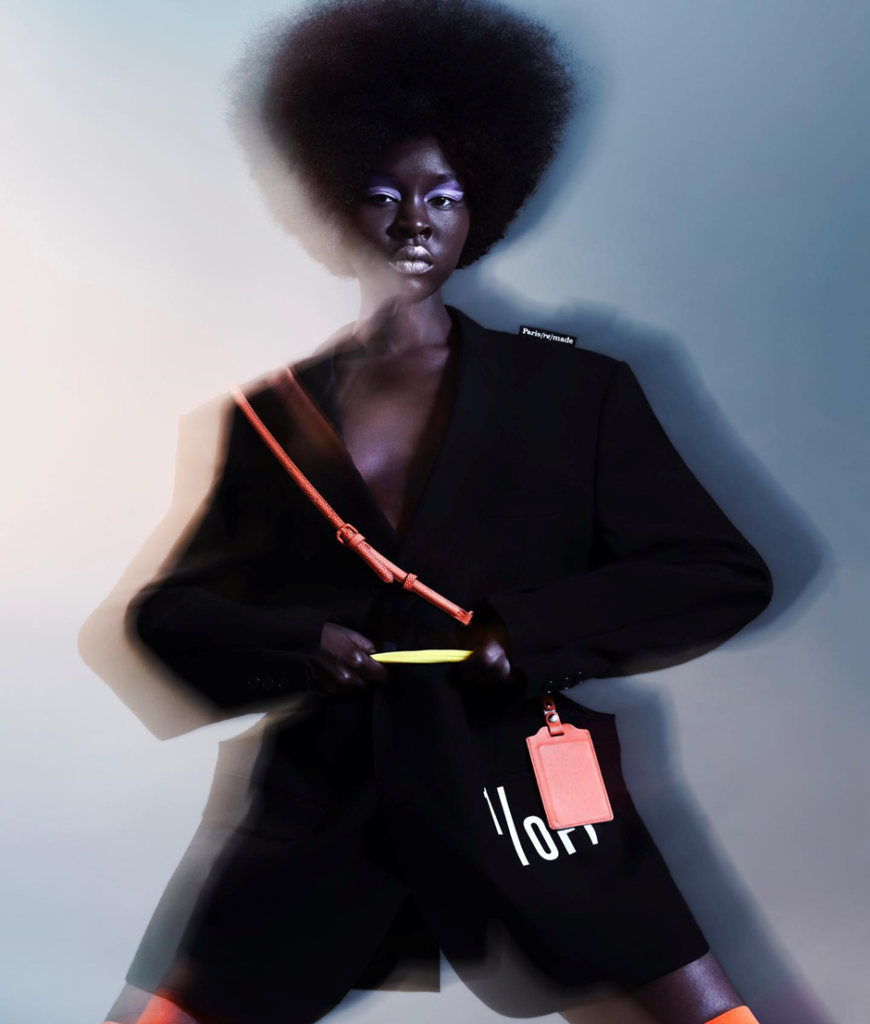
At Remeant we developed a revolutionary patented technology that enables recycling various kinds of non-recyclable plastics, eliminates them from the waste stream and turns them into colorful amazing textiles. Click here to read more about our textiles and the revolutionary patented technology we’ve developed
.
